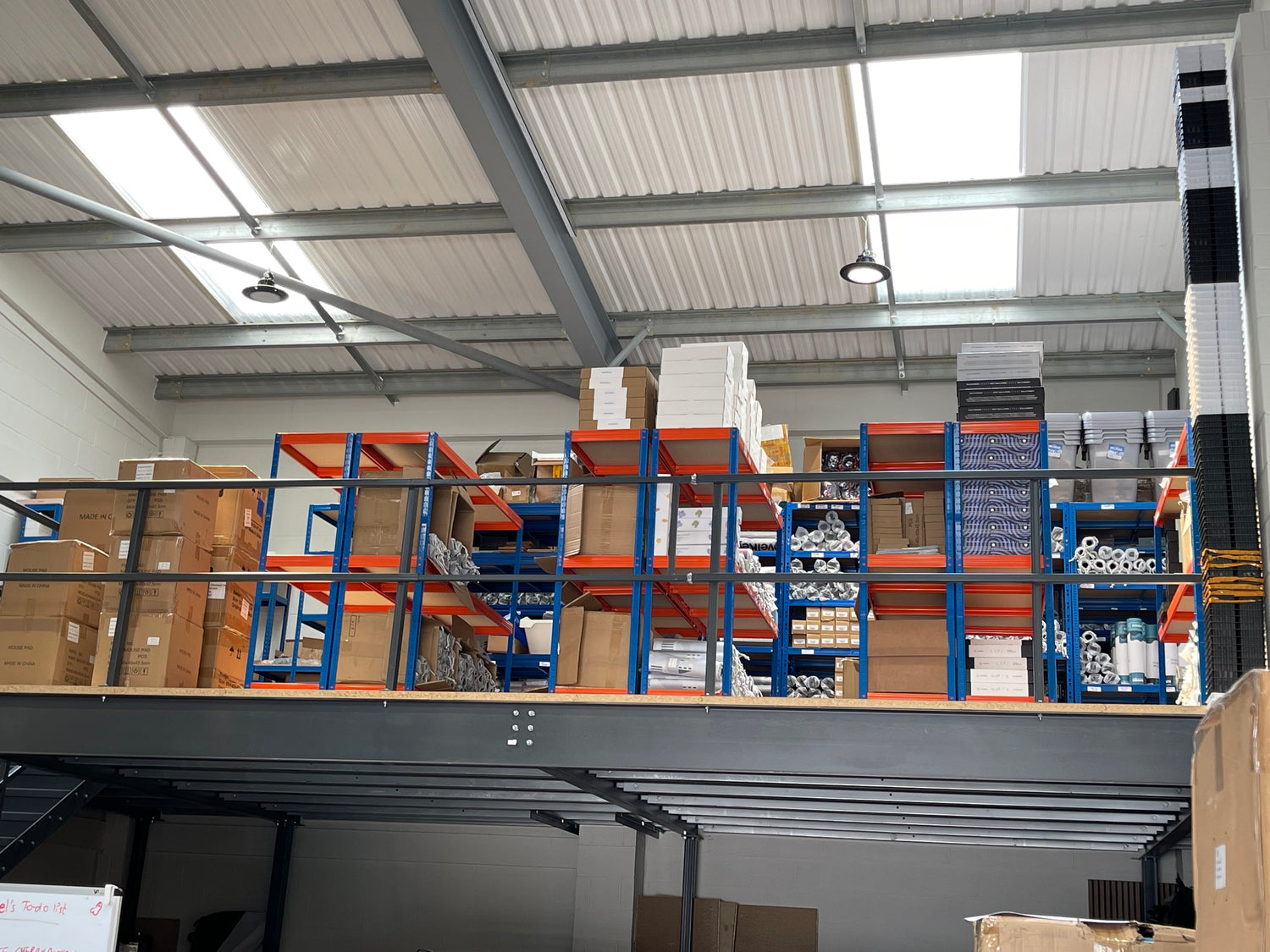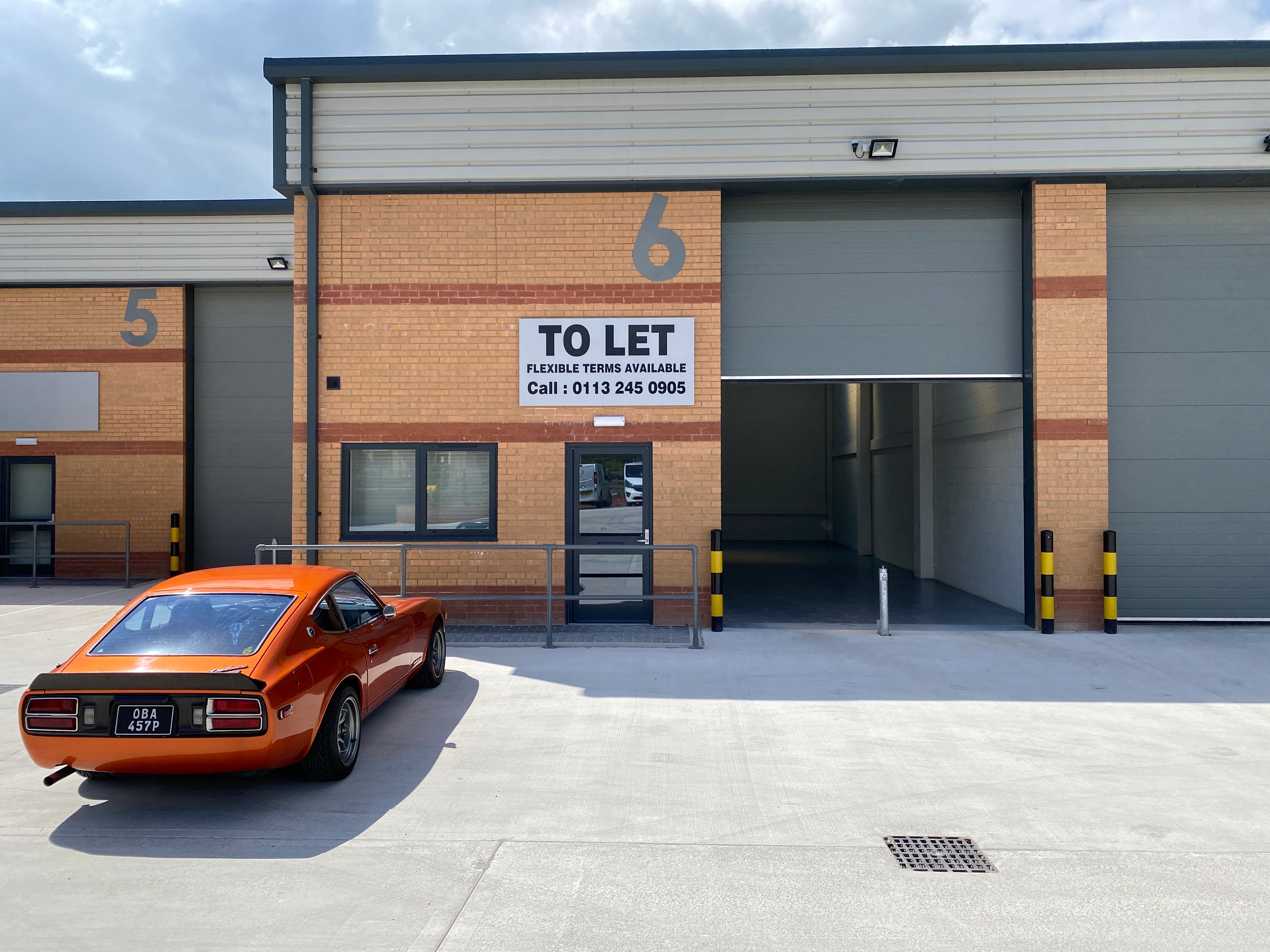TL:DR - Exchange rates have caused losses on many GB's. Everything can stay the same on a project but exchange rates can ruin it
Everyone loves a good deal. Wait, scratch that. Everyone likes to feel like they got a good deal. It's why pricing is so important to me when we set up a Group Buy, or In Stock product for our customers. My aim is to strike a healthy balance between 3 things. Offsetting costs, customer acceptance of price, and profit margin.

Source - Jae the meme maker. Please laugh
Typically at PT I try to make sure we aim for a 5% margin on average. Of course if there is an MSRP then we apply that rate, but by and large my aim is for 5%.
This makes it easy to calculate a price. How much did it cost PT to produce, ship to us, pay royalties etc? then how much does a 5% margin add? At that point I'll consider the price and make sure its attractive to the market based on sales and popularity. (Of course at that point we also have to add on VAT for our UK based customers as well....but that's another story).
I think that this way of pricing helps us sit at around about the right price to cost ratio for most products. Until it doesn't...
The thing that we can't factor into a lot of these calculations is Time. Over time, things change. Costs go up, Values don't stay static, and Exchange Rates.... well, lets just say they are the current bane of my life. Let me give you a made up example...
Here's the Exam Question:
- On 13th January 2022 a Group Buy is to go live. The product costs $100 to manufacture, with $10 to ship it to PT and a $10 Royalty to the designer. What should the retail price be for the Group Buy?
Ok so this is easy to answer right? Total costs plus 5% (and ignore VAT for now). So $100+$10+$10= $120. Then we multiply by 1.05 to add on our 5%. Total comes to $126. Nice.
But wait, that's in USD. What about the UK price? Well, ok what's the exchange rate? Should be simple enough - Exchange rate on the day was approx. 0.72929 so we do some quick math and we get a retail price of £91.89 (plus 20% VAT for UK customers). Easy. without our 5% it puts us at £87.51 per unit for costs. A good old £4.38 in profit.
Job done right? We now run the GB, order from the manufacturer, make the payments and we are golden. Nice again.
Oh but wait, the GB ran for a month, and then it took another month or so to fully arrange manufacturing so its about 8 weeks before we are invoiced. Invoice comes through on the 13th March and still says the costs at $100 for production, $10 for shipping and $10 for royalty. Perfect right?
Well, yes, and no. The invoice is fully correct, but when I go to pay the amount isn't working out to the £87.51 per unit I'm expecting. Its now somehow £91.94 per unit... but that means our profit is now minus £0.05p per unit... What the hell is going on?
On inspection we see the exchange rate has gone from 0.72929 to 0.76617. So all of our costs are the same, all of our math is the same, except the exchange rate has moved, and now we don't even break even, but make a loss per unit.

Source - Exchangerates.org.uk
Ok so now we are making a loss on the GB what do we do? We pay the invoice and then we note the costs and it has to go on extras prices to make that profit margin back. But that, depending on the product, could be 12-18 months away. If extras even sell...
To compound this, lots of times GB's don't invoice over an 8 week period, its often 50% up front and 50% later down the line. Whilst this sounds like it could be ok, you have to consider what else has happened in the magical modifier that is *time*.
Today the exchange rate stands at 0.83850 from just 0.72929 back in January. So stuff we sold at that time is now making a loss of over 10% on the GB prices where invoices are still outstanding. 0.10921 difference in the exchange rate is actually close to a 15% increase in costs (14.97%), solely from exchange rates changing between the GB Pricing being agreed and some invoices being received. With only a 5% margin its now a 10% deficit, plus the costs of any extras we have decided to invest in early.
So what's the point of this math lesson? Where is this going?
Customer Acceptance of Pricing...
UK Customers are used to prices being less than the USD vendor pricing in pretty much every instance, even when 20% VAT is added.
£0.72 to $1USD means that even with 20% VAT the spending power of the pound means that its worth £0.86 with VAT included. So for some simple math, if its $100 USD, it should be about £86 including VAT.
But that pattern is now changing. The rate is no longer £0.72 to $1 before VAT its now £0.83 to $1. So what does that mean? It means that once we add on VAT the control to compare makes it 0.996 (or rounded up £1) to $1 when VAT is in the mix. This isn't the status quo, and suddenly everything looks more expensive, when its not (but actually it is?).
If things feel more expensive how can the customer feel like they are getting a good deal? I'm not sure. But the upshot of the current position is that things for UK Vendors (and EU as a similar thing is happening there) are going to feel the pinch as will our customers. Certainly at PT our 5% Margin to help keep prices low, has effectively made the last six months of trading run at a loss...
"So what can you do?", I hear you cry? Well, the example above is simplified.
We do watch market rates and try to adjust to them. Prices are based for Group Buys on an average of the last 30 days of exchange rates, but that only helps to an extent.
We are more picky about projects that we run, as we can't guarantee they will keep us afloat, and we don't want to upset designers etc. by turning down projects where we can help it, so striking a balance is key.
Looking at our margins we can see that we do need to increase some pricing and margins to adjust. Instead of 5% margin PT on current and future projects will look closer to 15%, although we will adjust where we can.
The biggest thing we are doing though, is working towards the In Stock model. This way we can control costs better. We aren't making a loss on sales as there are no pre-orders. We know what it costs to produce by the time it arrives at the workshop and then we price accordingly. The downside is that this takes massive investment.
Its no secret that I've put my entire life savings into PT to cover Extras and In Stock items. but the risk for me now, is that as we enter a recession the hobby dies a little more each month. This means our business model is having to change and adapt, but its taking some time. Of course the flip side of this is that it would be nice if the exchange rates dropped as well ;)
Right now is an interesting time for the Keyboard Hobby in the UK. Its going to be interesting to see how companies change and adapt to meet the demands of the current market, and I'm anticipating some seismic changes to the underlying landscape, even if its not totally visible to the community at large. Lets watch this space...
If you'd like to discuss any of this - pop into the Discord (link at top of site) and just tag me in the #tag-jae channel with your thoughts.
N.B * This article is an adapted version that I wrote back in April and was never published correctly (I blame Mel...cos I can't blame myself) but it was something thats now having a greater impact than appreciated at the time so is becoming more and more relevant. As we adjust pricing going forwards to accommodate I thought it worthwhile sharing something publicly. I'd love to know your thoughts.
![proto[Typist] Keyboards](http://prototypist.net/cdn/shop/files/protoTypist_Logo_Package_Logo_With_Subtext-Green_be7b58c5-e3c2-4a11-a8e1-d72e6aff5cd7.png?v=1630542842&width=1031)




Leave a comment
All comments are moderated before being published.
This site is protected by hCaptcha and the hCaptcha Privacy Policy and Terms of Service apply.